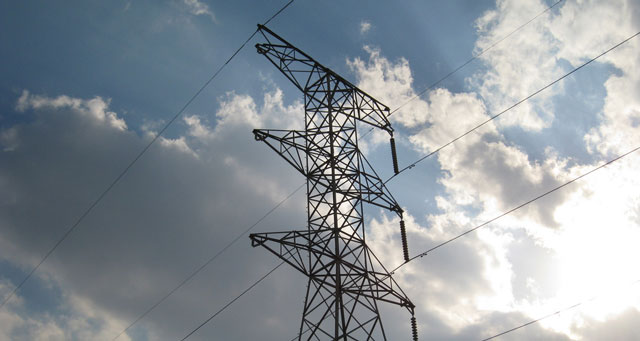
Cabinet has approved a package to close the funding gap at Eskom, the national treasury said on Sunday. The package, approved at a special cabinet meeting in Cape Town on Thursday, would guarantee energy security and support gross domestic product growth, spokesman Phumza Macanda said in a statement.
“This package was based on recommendations from an Inter-Ministerial Committee which reviewed an extensive set of options available to ensure energy security.”
Eskom faced significant challenges which threatened its sustainability that included a funding gap. Eskom would not generate enough revenue to cover electricity supply costs, which was the cause of the funding gap.
“Further, Eskom has been incurring additional costs to keep the lights on by running the more expensive power plants (open cycle gas turbines) excessively,” Macanda said.
This was due to a drop in performance of some of its coal plants and delays in the build programme.
Government would support Eskom’s application to the National Energy Regulator of South Africa (Nersa) for tariff adjustments in line with the regulatory process, Macanda said.
Tariff adjustments remained the most important way of providing Eskom with the revenue it needed to complete the building of power stations, and repay debt.
“Nersa will still apply its regulatory oversight and prudency tests to ensure that costs across the industry have been efficiently incurred,” she said.
After taking into account the challenges facing electricity supply, potential socio-economic impact, and maintaining a sound fiscal framework, cabinet decided on the following package:
— Eskom would receive funding, from leveraging non-strategic state assets, to relieve impact on consumers and strengthen the utility’s balance sheet. Finance minister Nhlanhla Nene would provide details in his budget announcements.
— Eskom would raise additional debt in the region of R50 billion, over and above its original plan of R200bn during the third Multi Year Determination Period (MYPD 3). The debt raising would be supported by the “substantial guarantee facility” from government.
— Accelerating demand management measures that do not undermine economic growth, which would also help to improve the electricity supply demand balance.
— Energy policy and regulatory mechanisms would be refined.
— Ensuring free basic electricity allocations were used effectively to cushion poor households from the impact of higher tariffs.
Government would assist municipalities to address the current free allocation weaknesses and implement a programme to improve municipal electricity efficiency.
— Support the expansion of the independent power producer programme to complement Eskom’s build programme.
— Significant savings have been identified and agreed to with Eskom and would form part of the package that would be implemented over the MYPD period.
As a result, Eskom had to improve maintenance of existing power stations, limit cost overruns in the new build programme, and improve procurement outcomes and the management of working capital.
“The work of the Inter-Ministerial Committee is on-going and will include wide consultation to ensure that the best possible solutions are considered to ensure energy security going forward,” Macanda said. — Sapa




